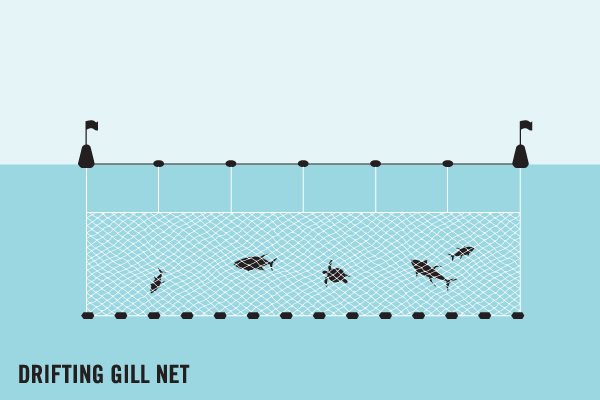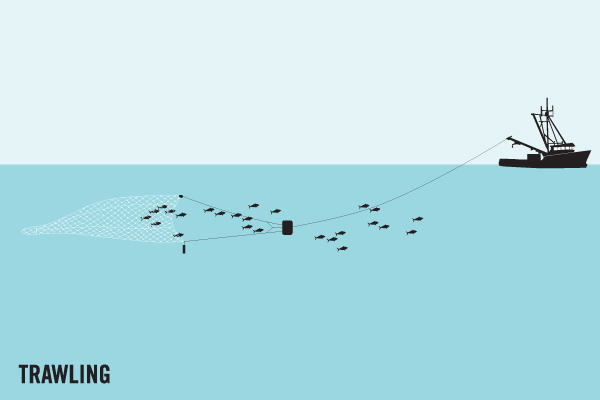Average Weight/Length
Other "Popular" Names for this Fish
Location Habitat
Biology & Physical Description
Life Cycle & Mating Behavior
Geographic Species Map (Fishbase.org Map)
|
|

|
Summary of Distribution: Atlantic Ocean: from Nova Scotia, Bermuda and southward to Brazil in western Atlantic Ocean, where it it also found throughout the Gulf of Mexico and the Caribbean (Ref. 26938); from Mauritania to Angola in eastern Atlantic Ocean; with exceptional records in Portugal, Azores and Atlantic coast of southern France. It had crossed the Panama canal and was also caught at Coiba Island in the Pacific Ocean |
|
Note: Distribution range colors indicate degree of suitability of habitat which can be interpreted as probabilities of occurrence (fishbase.org) |
|
Sport Fishing Techniques
|
|
Gill netsGill-nets are the dominant gear in the Indian Ocean. Gill-nets are used in artisanal and semi-industrial fisheries, contributing to 30-40% of the total catch. The net design is comprised of continuous panels of uniform mesh size, aimed to trap fish behind the gills. The International Sustainable Seafood Foundation (ISSF) notes that rates of sharks and turtle by-catch in Indian Ocean gill-net fisheries are high.. |
|
|
|
Kite Fishing (Trolling)Kite Fishing Trolling is when you are.... |
|
|
|
River DriftRiver Drift means to use the.... |
|
|
|
TrawlingTrawling is when.... |
|
Tackle & Baits
Game Rating
Game Rating : 9.5/10
Game Description :
Famous for the spectacle and frequency of its jumps. Giant Tarpon don't quite match the acrobatics of the smaller ones, but they leap frequently enough in shallow water, and with even more fury. Highly appreciated by sport fishers. Famous for its spectacular leaps when hooked.
Food Rating
Game Rating : 6/10
Game Description :
Marketed fresh or salted. The flesh is also highly appreciated despite its being bony.
Picture (Fish)
|
|
|
|
|
|
|
|
|
Picture Mount
|
|
|
|
|
|




















 Tarpon
Tarpon 















